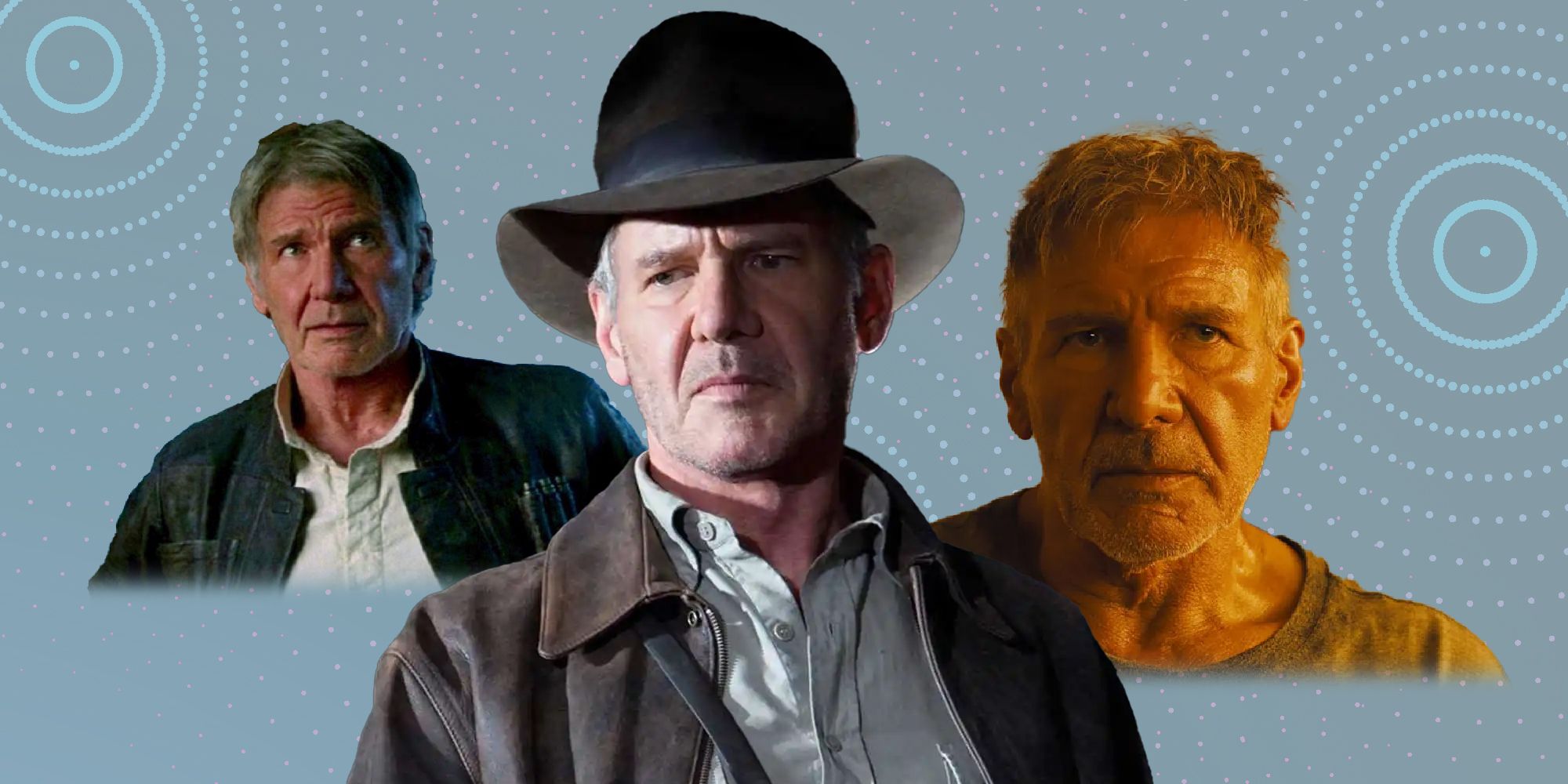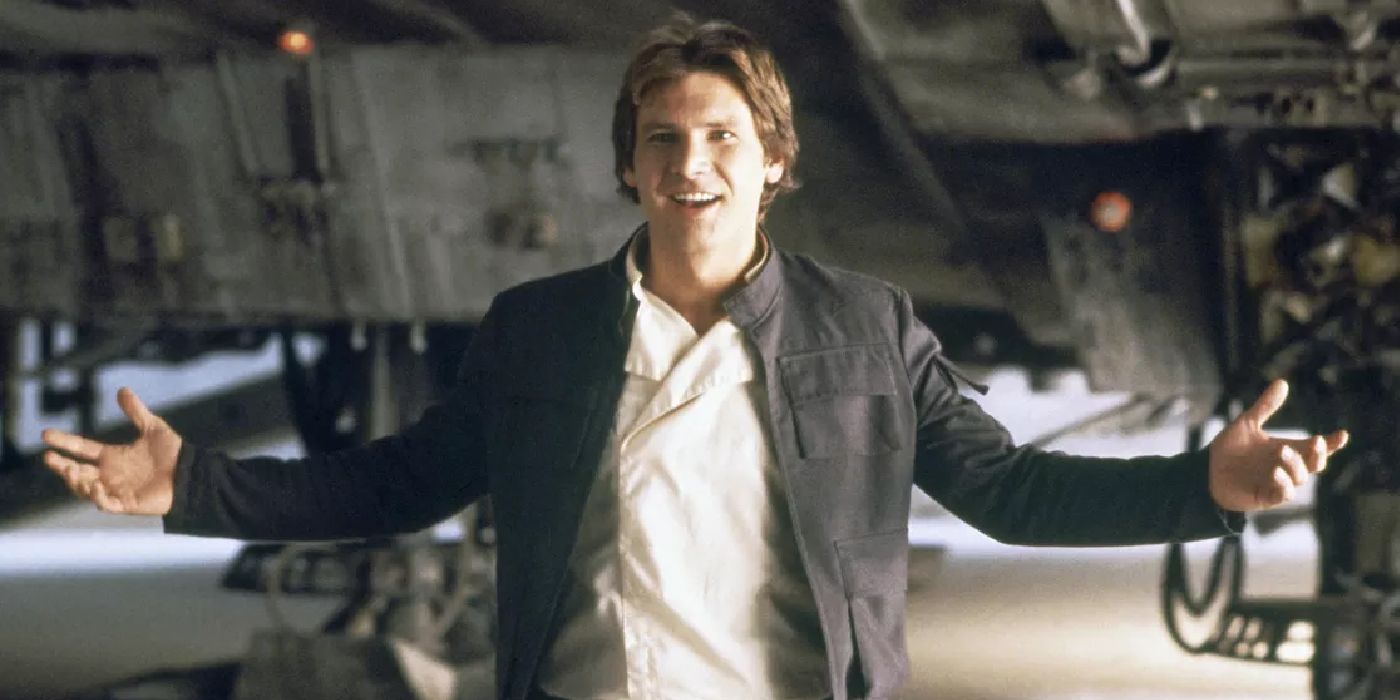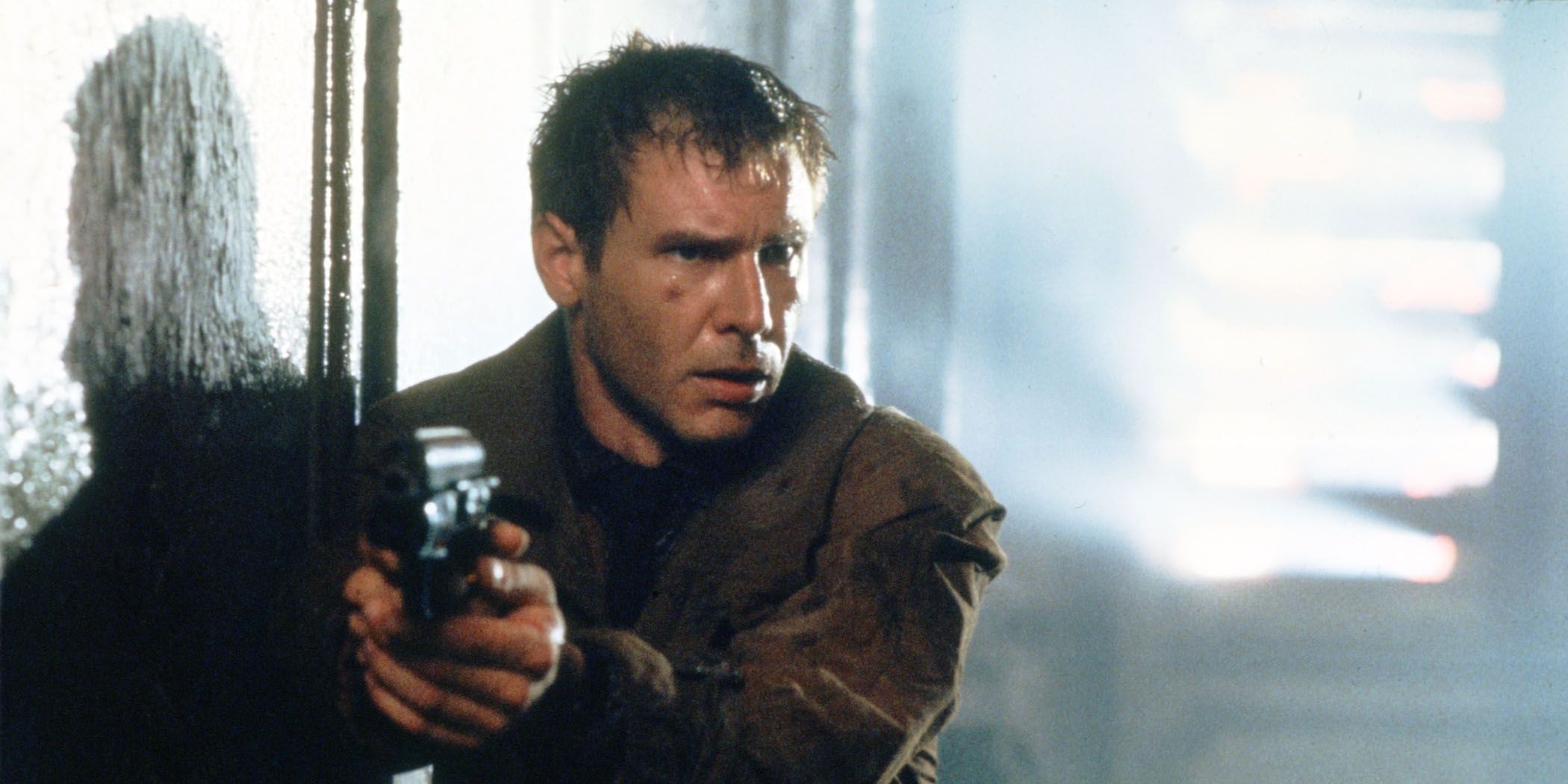For the last year, movie theaters have been dominated by the lega-sequel. From Spider-Man: No Way Home, which brought Spider-Man's previous live-action stars together in a multiversal extravaganza, to Top Gun: Maverick, which put Tom Cruise back in the cockpit nearly 40 years after the Tony Scott original, to Jurassic World: Dominion, which saw the iconic trio reunite for the first time since the Spielberg classic, theaters largely rebounded from their pandemic-era slump. Though they were kept afloat in between franchise entries by original films like Everything Everywhere All At Once, Nope, Smile, Elvis, and The Lost City, theaters largely had lega-sequels to thank for a year of moviegoing that felt almost normal.
Lega-sequels (or legacy-quels, if you prefer) aren’t new. When Martin Scorsese brought Paul Newman back as “Fast Eddie” Felson in The Color of Money, he was making a sequel, 25 years later, to The Hustler. Jack Nicholson and Robert Towne did something similar in 1990, with The Two Jakes, a sequel to Roman Polanski’s Chinatown, after a 16 year wait. And, of course, George Lucas also returned to Star Wars for The Phantom Menace after 16 years away.
But, the pace has increased significantly in the last decade. Though franchise filmmaking has been ascendant in Hollywood since the late ‘70s, Iron Man and the franchise it spawned pushed that drive for maximum box office return into the stratosphere. Though not every studio has properties that fit neatly into the cinematic universe framework — as evidenced by the failure of The Mummy and the Dark Universe it sought to plunge us into — every studio has iconic movies that, if the circumstances are right, can be sequelized for big bucks.
The same year that Iron Man inaugurated the MCU, Harrison Ford picked his fedora and bullwhip back up for Indiana Jones and the Kingdom of the Crystal Skull, a lega-sequel starring old man Indie after 19 years away. Now, with Indiana Jones and the Dial of Destiny set to hit theaters next year, we're looking at the prospect of a lega-sequel to a lega-sequel, a rare nostalgia turducken.
Though Ford speaks more fondly (and protectively) of Indie than any of the other iconic roles he's played over the years, the legendary actor, eventually, revisited the others, too. In 2015, he reprised his role as Han Solo for The Force Awakens, and in 2017, he went back to the future as Rick Deckard in Blade Runner 2049.
As a result, Ford is one of the few actors to have experienced the full spectrum of what a lega-sequel can be. In Kingdom of the Crystal Skull, he reunited with Indie's original creative team, with Steven Spielberg in the director's chair and George Lucas writing and producing. In Blade Runner 2049, he worked with a new director, Denis Villeneuve, but from a script co-written by Hampton Fancher who wrote the first drafts of the original's script. And, in Star Wars: The Force Awakens, he returned for a film with key original cast members, but without any returning members of the key behind-the-scenes team.
While none of these projects are indie (pun intended) by any means, Ford has seen the whole gamut of what a production can look like in the era of the cinematic universe. While other actors, like Kyle MacLachlan, have played as many characters in a lega-sequel as Ford — Dale Cooper, Dougie, and Mr. C in Twin Peaks: The Return, for the record — no one else has seen as broad a swath of what the current market can look like from the inside. All hail Harrison Ford. King of the lega-sequel.



